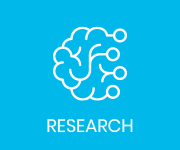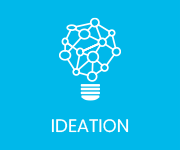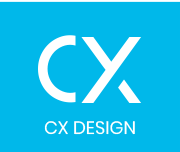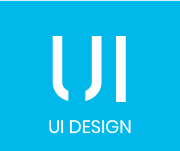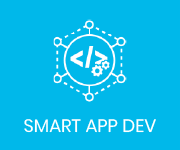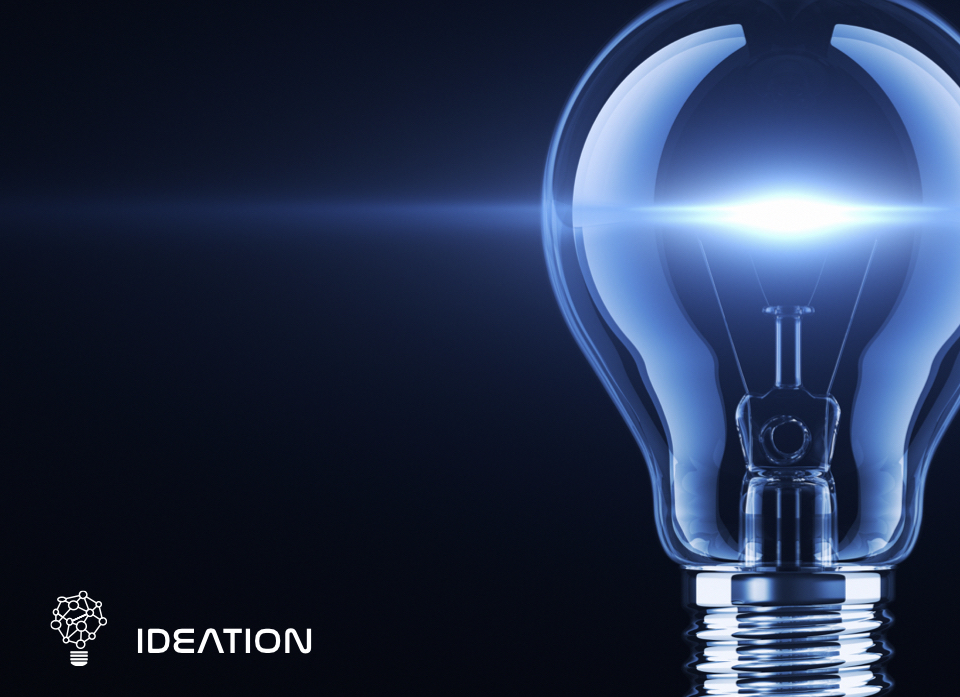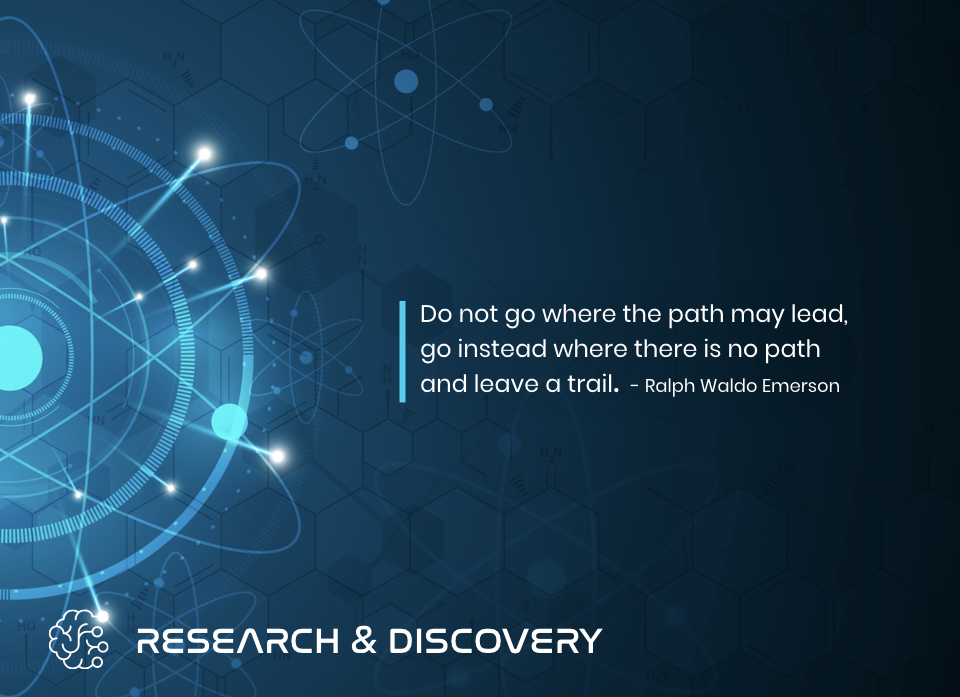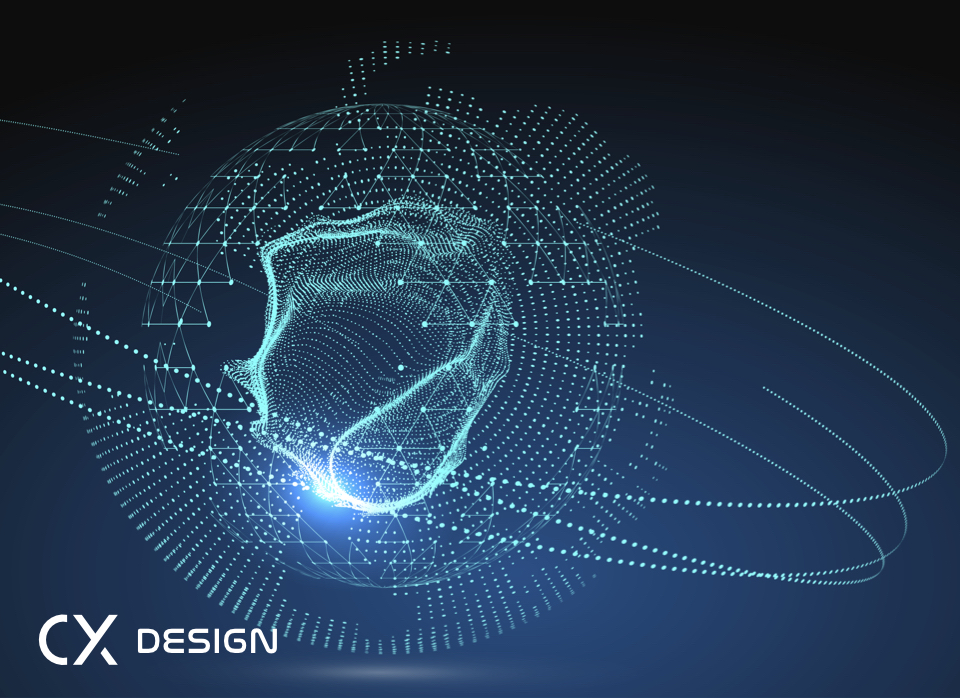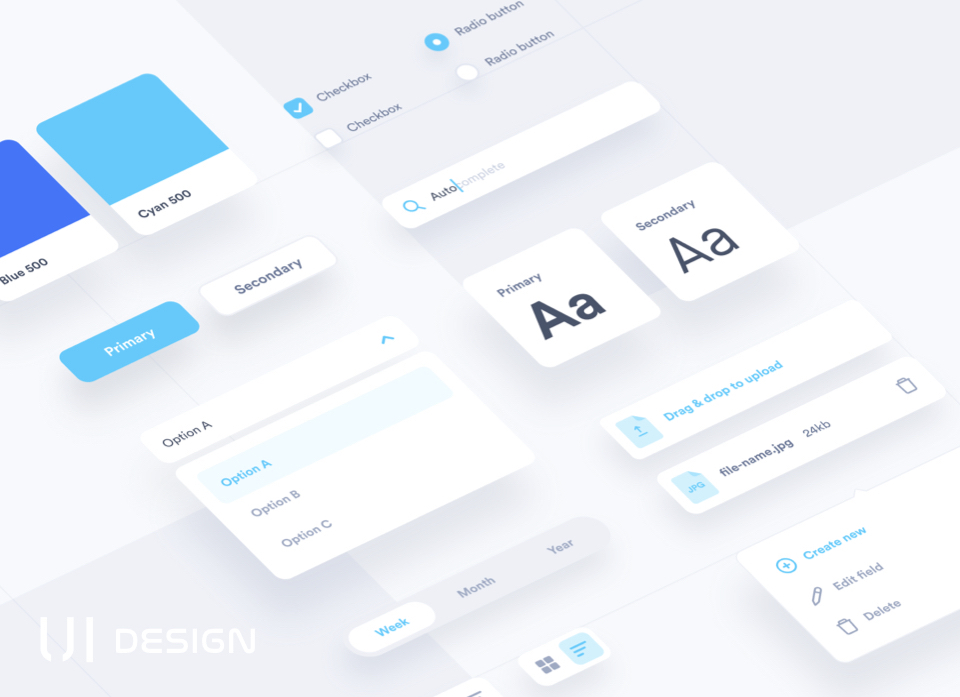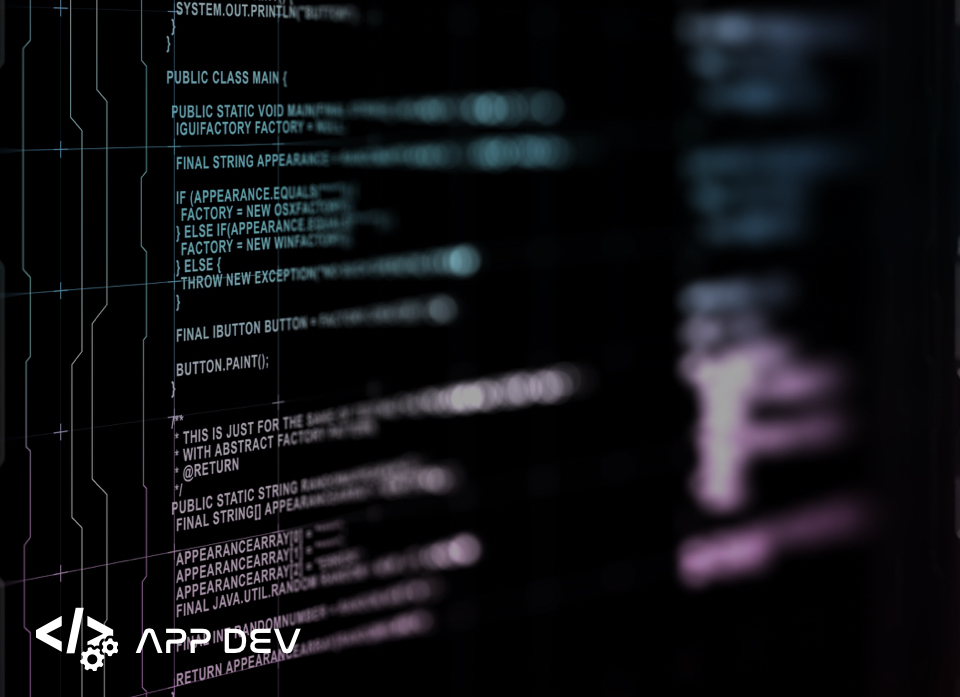IDEATION
Disruptive By Design – Customer-Centric Innovations
One of the most consistent patterns in business is the failure of leading companies to stay at the top of their industries when technologies or markets change.
Disruptive innovation requires a major shift in perspective, a moment when our everyday point of view is turned upside down, and the team finds a completely new ways of approaching challenges.
We start each client engagement with an in-depth discovery and ideation phase to immerse ourselves in your business objectives as well as identify opportunities for disruptive innovation.
Don’t Get Trapped By
Conventional Thinking
Design thinking is a non-linear, iterative process that teams use to understand users, challenge assumptions, redefine problems and create innovative solutions to prototype and test. Involving five phases—Empathize, Define, Ideate, Prototype and Test—it is most useful to tackle problems that are ill-defined or unknown.
Design thinking’s value as a world-improving, driving force in business (global heavyweights such as Google, Apple and Airbnb have wielded it to notable effect) matches its status as a popular subject at leading international universities. With design thinking, teams have the freedom to generate ground-breaking solutions. Using it, your team can get behind hard-to-access insights and apply a collection of hands-on methods to help find innovative answers.
DATA-DRIVEN INSIGHTS



Cognitive Science
One of the most important aspects of cognitive science / cognitive design is understanding human perception.
Perception is the process of recognizing and interpreting sensory stimuli. It’s how we make sense of the world around us—what we see, what we feel, what we hear—and it’s pivotal to the world of design.
Behavioral Science
Behavioral science studies human behavior, specifically how humans really make decisions in the real-world.
In particular, behavioral science studies the way that emotions, the environment and social factors influence our decisions.
It includes the process of running experiments to understand human actions: why people do things, not just observe what they did.
Neuroscience
Neuroscience-based CX design focuses on the interaction between the creative and cognitive processes of the brain.
Positive user experiences are shown to impact positively in our brain and as result we experience happiness, motivation, excitement, concentration, satisfaction, relax, calmness, security, we feel in control, confidence, self-esteem and wellbeing in many ways.
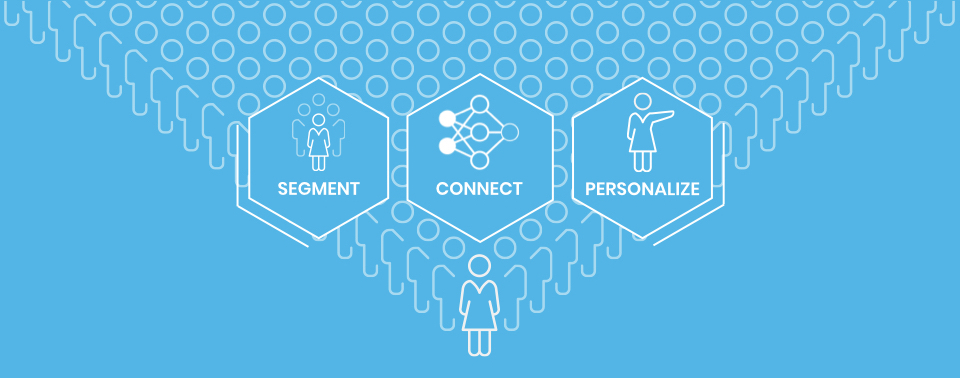
CUSTOMER-CENTRIC INNOVATIONS
Customer-centric innovation is pretty much what it sounds like: it’s product innovation where the customer is the heart of the process. This means innovation is driven by customer feedback, and organizations seek to put customer needs at the centre of what they do. Generally speaking, product innovation is driven by market need. A company will notice that there’s a gap that they think a new product can fill.
Segment
Personalization might be a top priority for brands, but most haven’t achieved their ambitions.
And that’s a problem because, according to Gartner, the stakes are high. In a recent survey, they discovered brands are at risk of losing 38% of their customers because of poor personalization.
There’s no magic button you can press to become immediately personalized. It’s a tough process that requires marketers to work closely with IT, operations, and digital teams.
But at the end of the day, the potential for revenue generation is huge. The science supports it, and customers are asking for it.
So instead of asking if you should focus on personalization, the better question is, “How can we prioritize it?”
Connect
The future belongs to companies who better connect with their customers. Winning in the connection economy starts with understanding your customer. Getting more focused on a meaningful value proposition, creating innovative ways of expressing and delivering your value, and building new systems to support your platform will help create a sustainable advantage.
Your focus should be meaningful to customers. A brand should not be a reflection of what you do, rather, what it means in the mind of your customer. Sooner or later, what you do is going to change. What you make, how you make it, how it is delivered, pricing, competitors, and generally how you define your market is likely experiencing – or will experience – upheaval.
Personalize
Customer segmentation is the practice of dividing a customer base into groups of individuals that are similar in specific ways relevant to marketing, such as age, gender, interests and spending habits.
Companies employing customer segmentation operate under the fact that every customer is different and that their marketing efforts would be better served if they target specific, smaller groups with messages that those consumers would find relevant and lead them to buy something. Companies also hope to gain a deeper understanding of their customers’ preferences and needs with the idea of discovering what each segment finds most valuable to more accurately tailor marketing materials toward that segment.
Innovation Should Never Be Isolated
Innovation should not just fall on the shoulders of a single team. Ideally it needs to be spread across the entire organisation, and throughout all functions, departments, business units, and mindsets – particularly ensuring engagement from customer-facing team members.
A broader spread enables exploration of ways to innovate within each customer touchpoint, channel and offering, as well as the configuration of the business.
Additionally, involving the entire employee community brings innovation front-of-mind, enabling a broader and more intense opportunity for every part of the organisation. Leveraging the knowledge and experience of such a diverse group empowers innovators to evaluate what already exists, new possibilities, and use insights from all stakeholders including customers.

Adopt A Customer-Centric Mindset
Building a customer-centric culture can be challenging because it requires a different mindset and new methods of working. The key to really understanding customers is through adopting a ‘Design Thinking’ approach to problem solving.
A design thinking lens involves looking at problems from a human, business and technical view point. It’s important that teams contain individuals from each of these three disciplines to provide a well-balanced perspective and a richer set of viewpoints.
Design thinking encourages the creation of lots of ideas which can be explored quickly, in order to validate them with real customers and learn quickly whether it’s an idea worth taking forward.
To do this, you need to be clear on your customer segments. Then you can begin to get to know the personas within these segments at a deeper level, to understand their emotional needs and the reasons behind their behaviours.
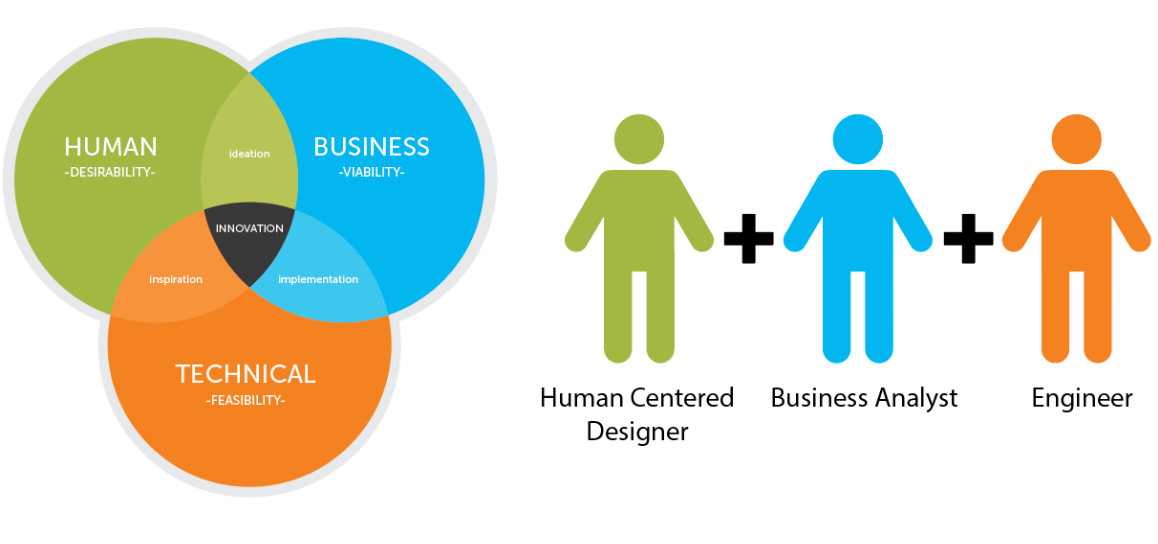
Co-create with your customers & test early to avoid costly development
Being customer-centric isn’t just about testing your prototypes. True customer-centricity comes from involving them in the actual creation of your product. An accurate and deep understanding of customer behaviour and mindsets can be learnt by spending a few hours mapping their experiences with your products.
Co-creating journey maps, empathy maps, proto-personas, testing prototypes early and ideating solutions together with customers will reveal and show you how to alleviate pain points. This process also helps you discover ways to bring new ideas to life that will be welcomed by customers, as they’re based on real needs and not on organisational assumptions.
Testing your ideas early and integrating user testing into the development cycle is an effective way to quickly validate and provide confidence that the product is moving in the right direction.
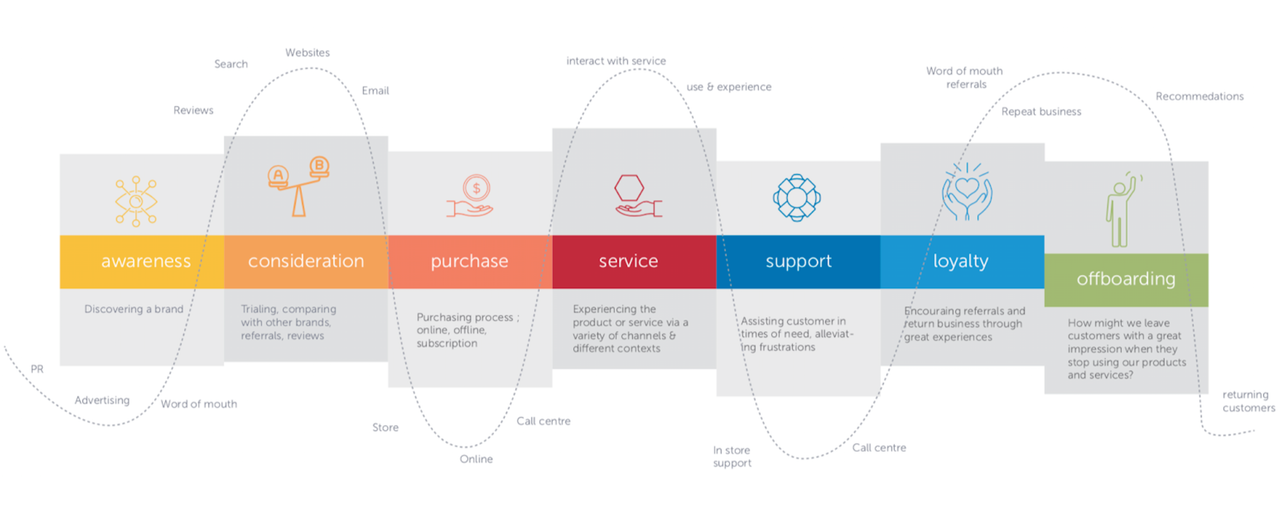
Customer-centricity is the beacon of innovation
Ideas are easy to come by, the challenge lies in execution. The first step is to ensure you’re actually building the right thing, and that can only be achieved if you validate it with the users you’re targeting. The beacon for innovation needs to be customer-centricity, with focus dispersed across the entire organisation and each branch aligned to the needs of the customer. This will ensure a seamless and consistent experience is met at every single touchpoint.
If you can achieve inter-connective branches of intentional and considered change, spreading the beacon of customer-centricity through a core grounded in positive culture and vision, you are set to transform into a truly innovative organisation.
RESEARCH & DISCOVERY
Providing The RoadMap To Disruptiv Innovation
Achieving true disruptive innovation is not a one-person job, it takes teams with diverse backgrounds, unique perspectives and domain expertise to make creative visions a reality.
Innovation requires completely rethinking the way we perceive your current and future customers as well as acquire a deep understanding of current and future competition.
Our holistic approach provides unique data-driven insights of competitive offerings as well as targeted customer demographics, personas, habits, mindsets and trends.
UX DESIGN
Combining Strategic & Narrative Design Methodologies
Design Thinking is more than making something look beautiful. It also has to be intuitive and functional. If a website or app is beautiful but difficult to use, chances are users will never return.
Digital design has to serve the user and human-centered design has to solve the problems we face today and tomorrow.
That’s why User Experience (UX) design is at the heart of the future for Digital Customer Experience.
CX DESIGN
Creating Immersive & Engaging Digital Experiences
Customer experience (CX) can be defined as the quality of all of a consumer’s encounters with a company’s products, services, and brand. While a strong customer experience produces significant results—more customers, more sales, and more loyalty—many companies still struggle to identify a plan of action to achieve these results.
Leaders can reach these goals if they focus on something more specific: the Digital Customer Experience (DCX).
UI DESIGN
Pixel Perfect: The Perfection Of Interaction Design
Today, the bar for web and mobile app design has been raised. Both the UI and UX design need to work seamlessly together to provide an intuitive and personalized digital experience.
With, the exponential growth of mobile, web and IoT applications, UI design now plays a more pivotal role than ever in enhancing the overall User Experience (UX).
SMART APP DEVELOPMENT
Intelligent, Autonomous & Data-Driven Applications
The next-generation of Smart Apps are powered by technologies such as Artificial Intelligence (AI), Machine Learning (ML), IoT and Blockchain – delivered by a scalable cloud service architecture.
These Smart Apps are disrupting industries and decisively shaping unique and immersive digital user experiences.
Digital Innovation Delivered!
We design, build and deliver technology-based innovations that create significant competitive advantage and revenue growth potential for our clients.

